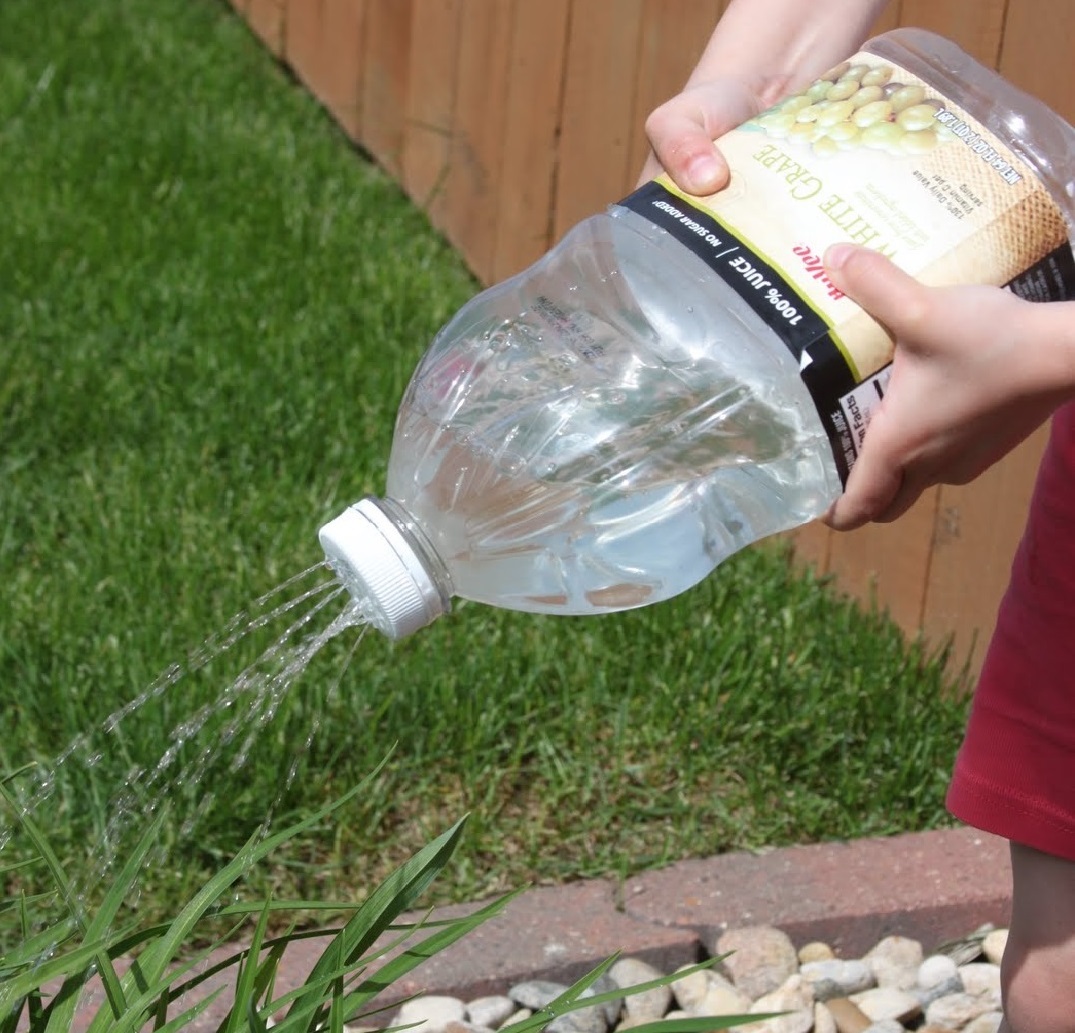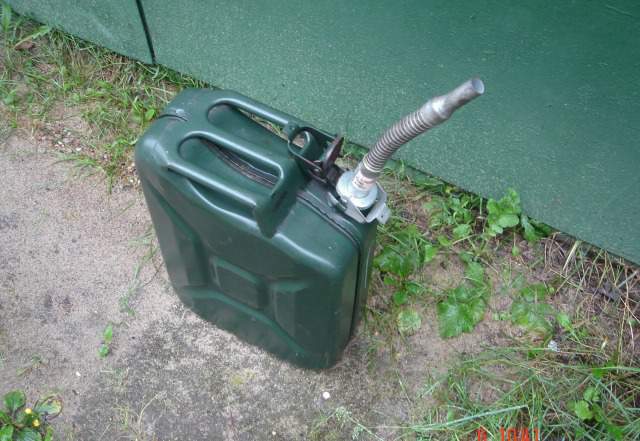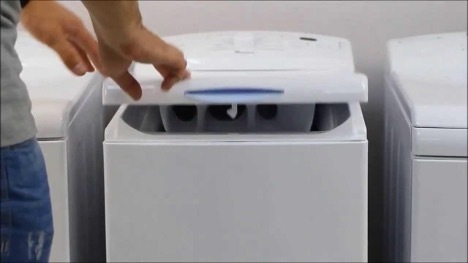Each plant requires close attention. Among regular manipulations, watering is distinguished. If large bushes and strong vegetable plantings can withstand irrigation directly from a hose, then fragile flowers in flower beds do not accept such a rude attitude. A convenient watering can is required, but not everyone has it at hand.
The content of the article
-
DIY garden watering can
- Watering can from a plastic bottle
- From a glass
- Canister watering can at home
DIY garden watering can
Self-production of means for watering plants allows you to save money and create toolthat best suits the needs of the individual. There are simple designs. For example, from a plastic bottle. However, they look too simple and do not always correspond to the pomposity of the garden plot with many fragrant plants.
Choose the option that best suits your environment. And if a watering can is urgently needed, use the method of transforming a plastic container.
Watering can from a plastic bottle
It is extremely easy to make a watering machine from ordinary containers. You will have to make a few small holes in the lid with an awl and fill it with water. When pressing on the body, the pressure will be regulated and evenly irrigate planting plants in the garden.

@otomatah.ru
For an original product, we advise you to look for non-standard-shaped containers in stores and decorate them according to your own taste. Products made of dense plastic from detergents and powders are considered a good blank.
The convenient handle will create additional comfort during watering of plants.
From a glass
Even simple dishes can become the basis for making a homemade watering can. Processing a glass container is much more difficult, but this nuance pays off with an attractive appearance and durability.
You will have to drill holes here. The main thing - do not rush, because this can lead to glass cracking. And this is fraught with damage to the workpiece, which, after careless work, will go to the trash.
Canister watering can at home
Oily and flammable liquids should be thoroughly washed out of the container before transformation. If this is not done, the plants may suffer. A long tube is formed from the tin, which is fixed to the hole in the canister.

@ytools.ru
We recommend preparing a detailed drawing, which will help to avoid errors during production.
With the help of a mallet, the curved edges of the tin are attached to each other and inserted into the container. The other end is connected to a water supply hose. The connection must be tight, so we stretch the tube as far as possible. We make holes in the canister, and the watering can is ready.
Home-made devices help to establish watering of some crops that do not tolerate a large jet of liquid on the leaves. This is an alternative to buying expensive tools that do not always meet the principles of garden tool quality.


